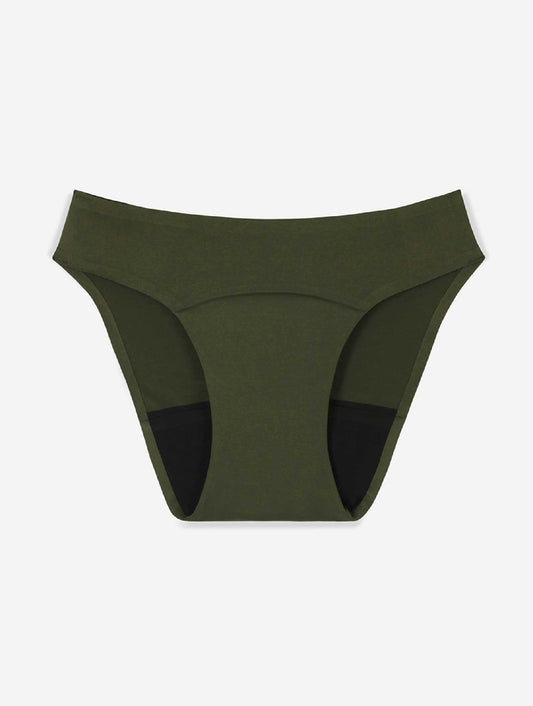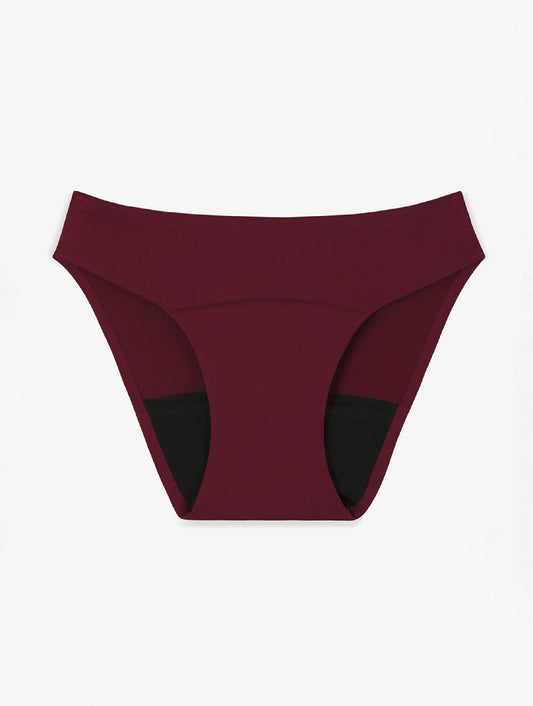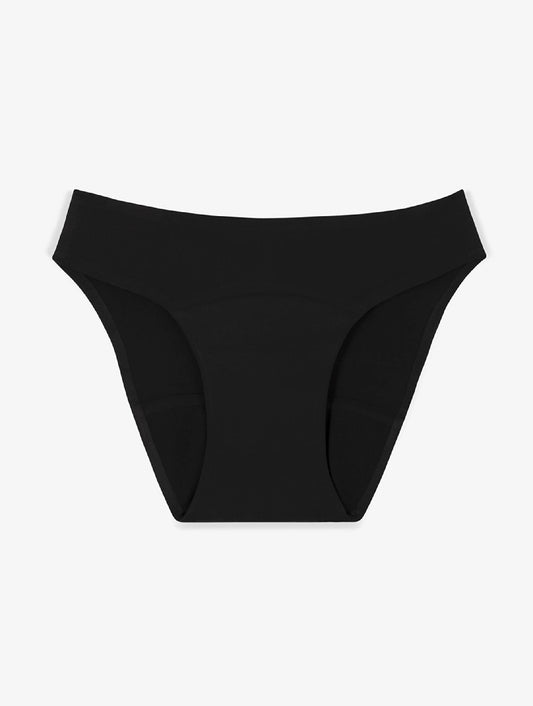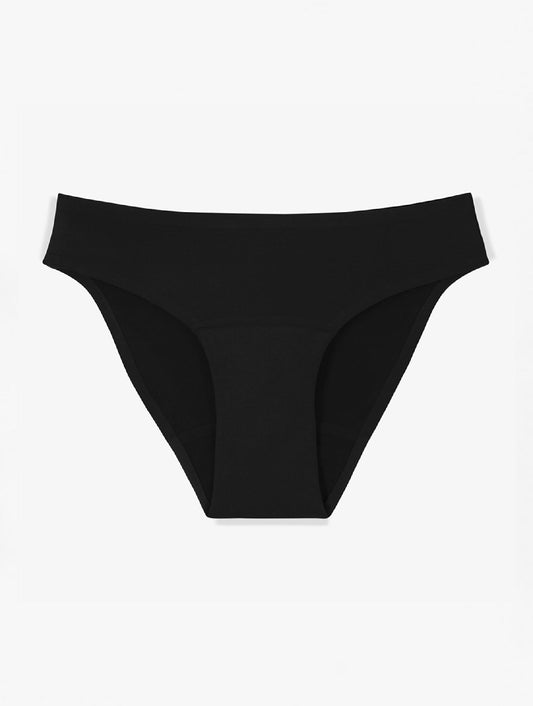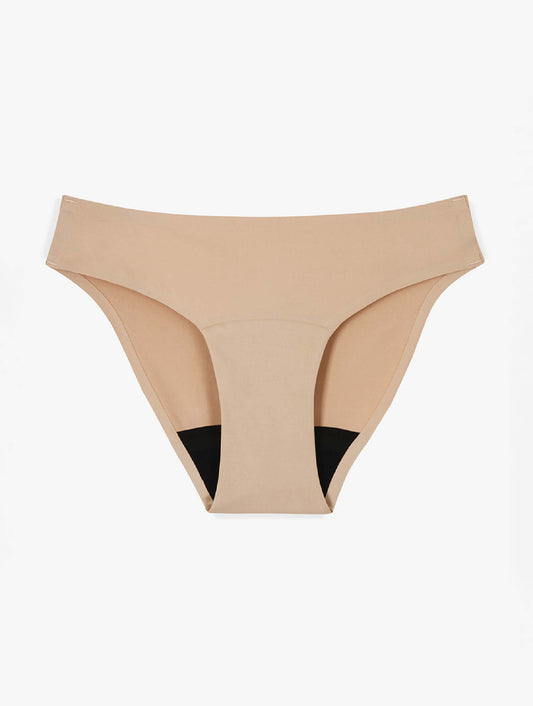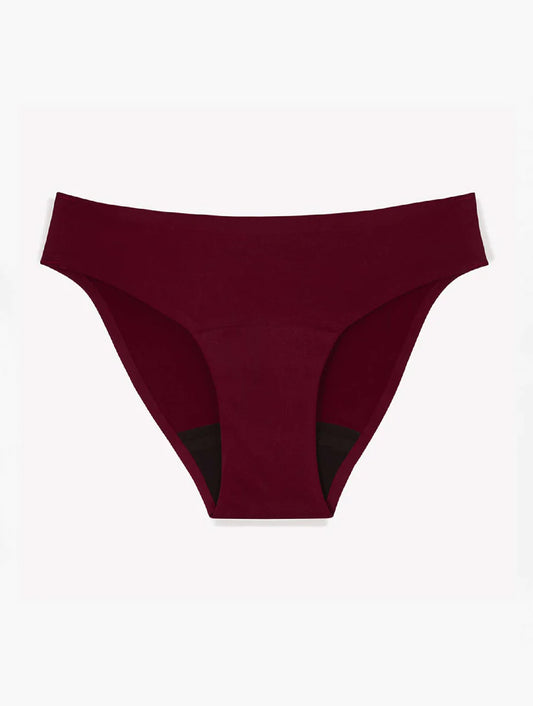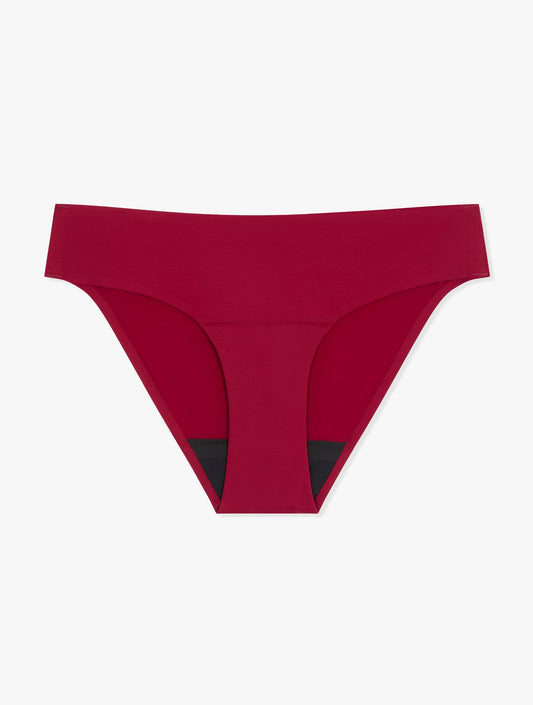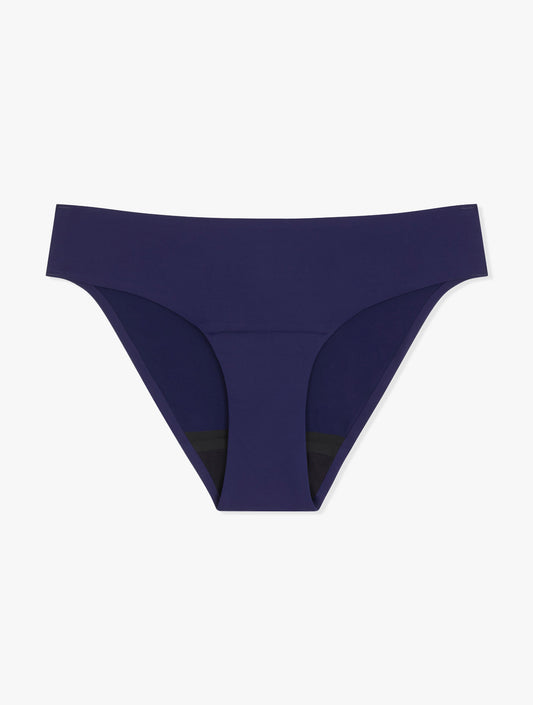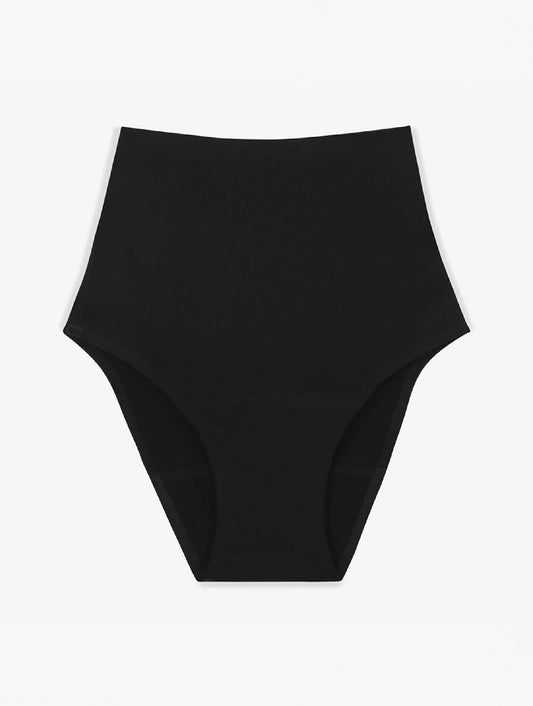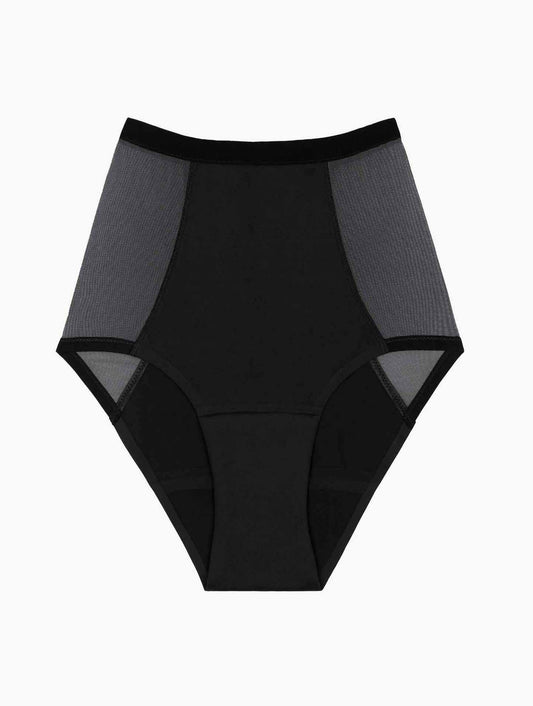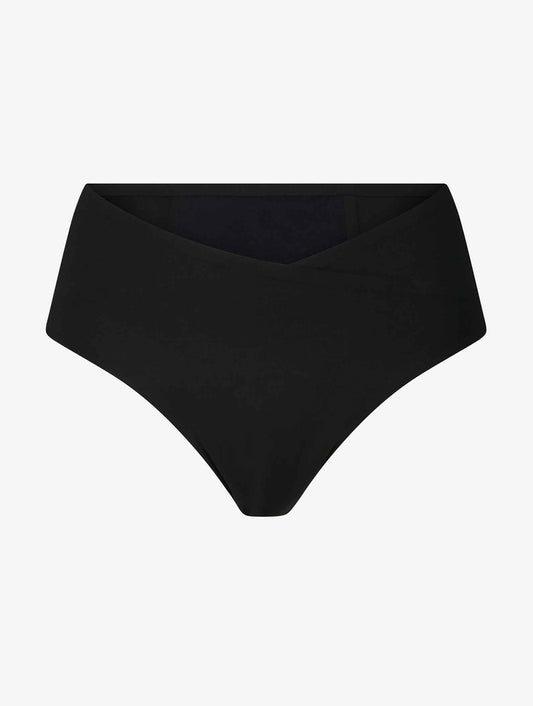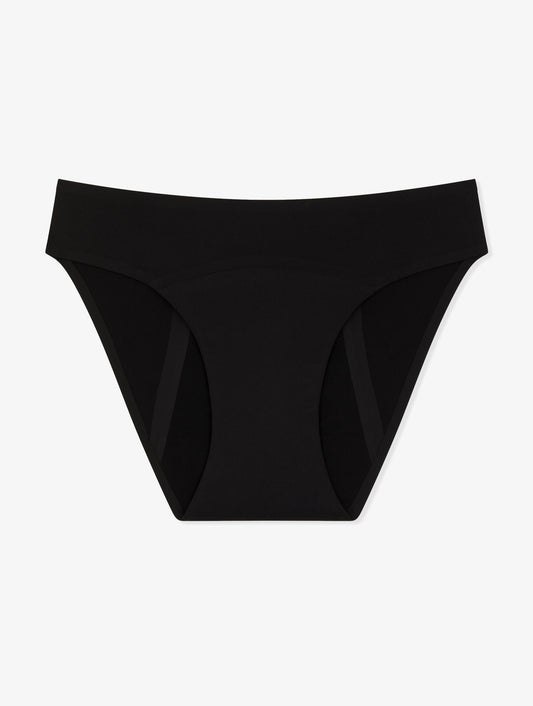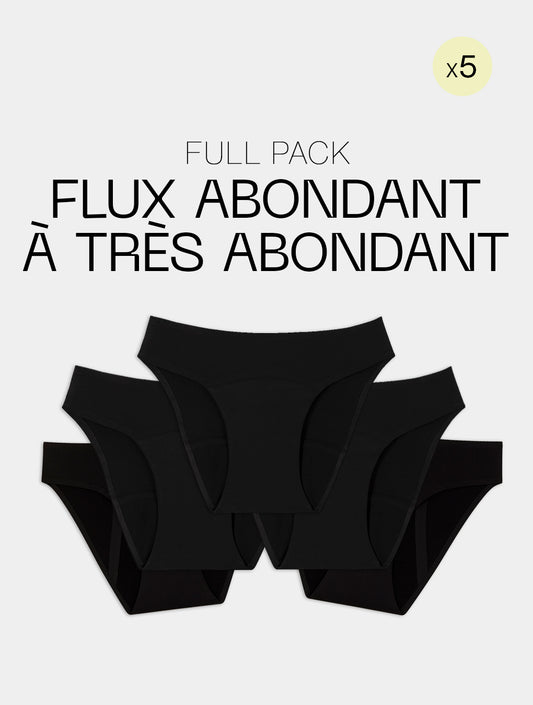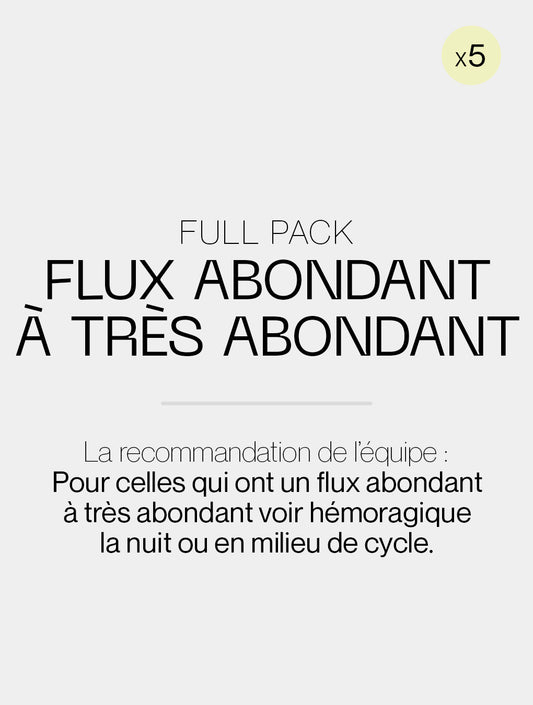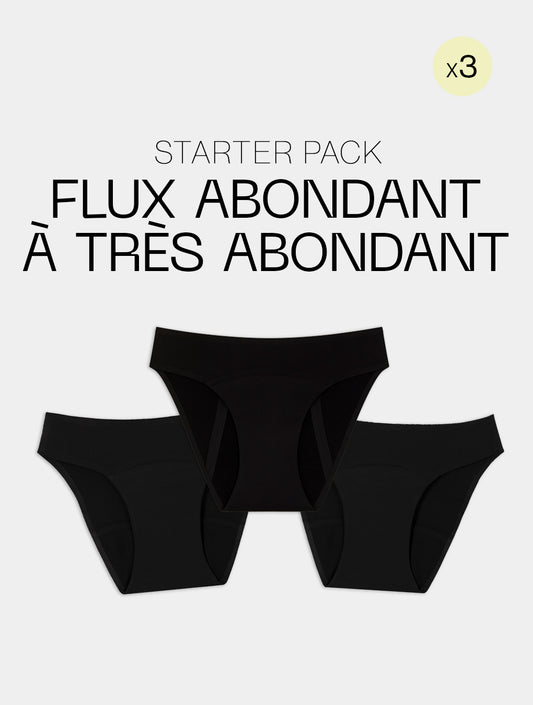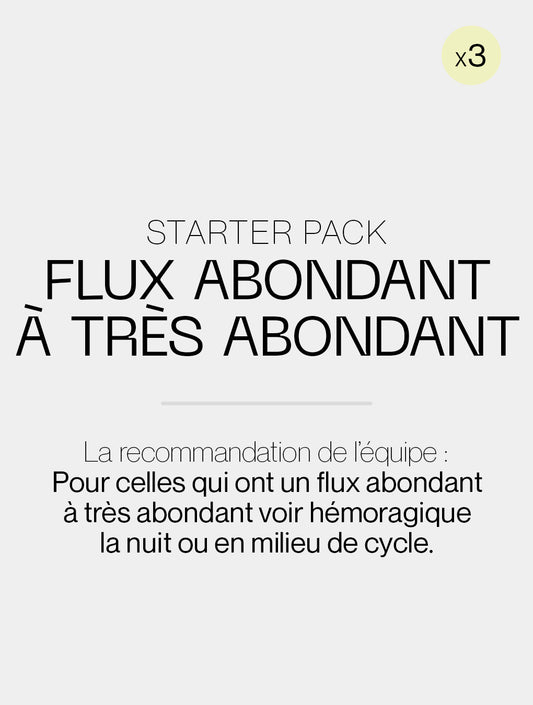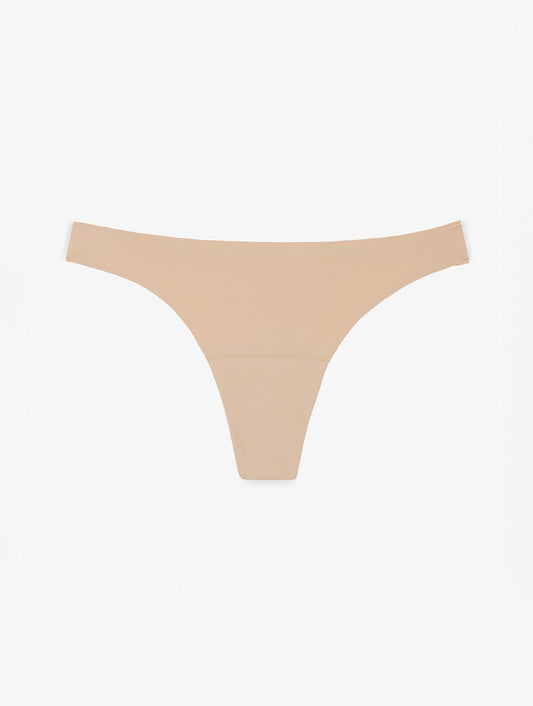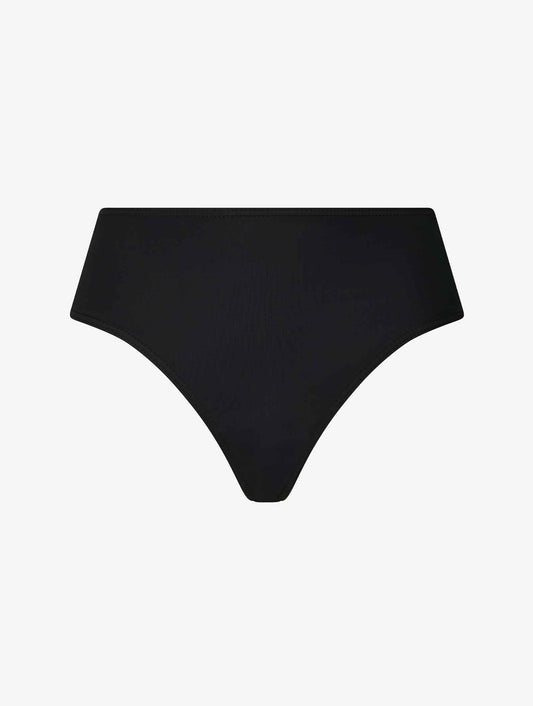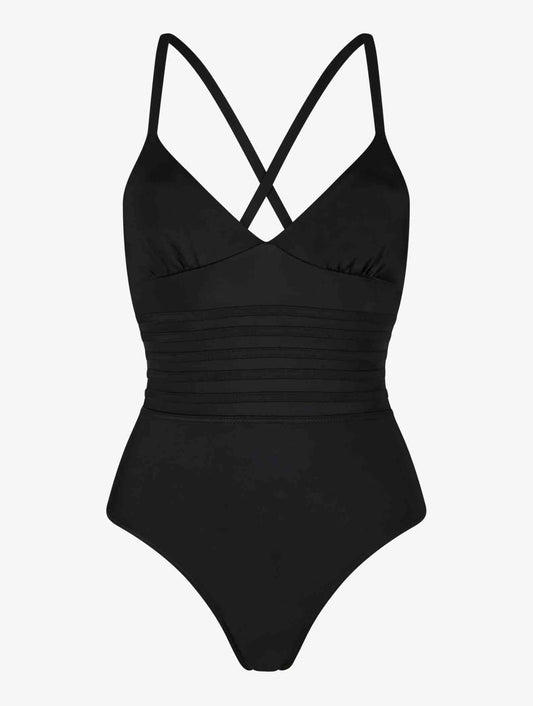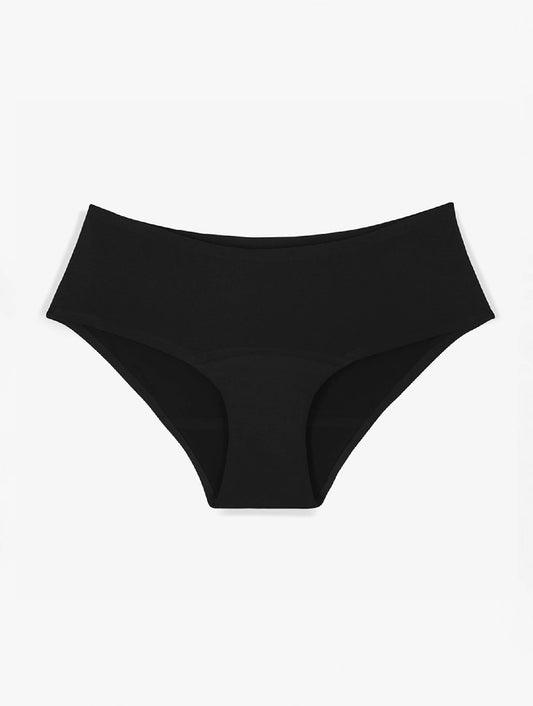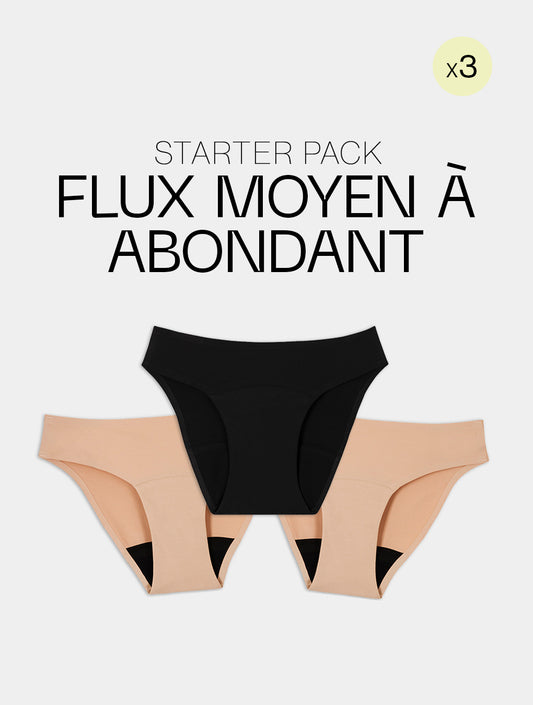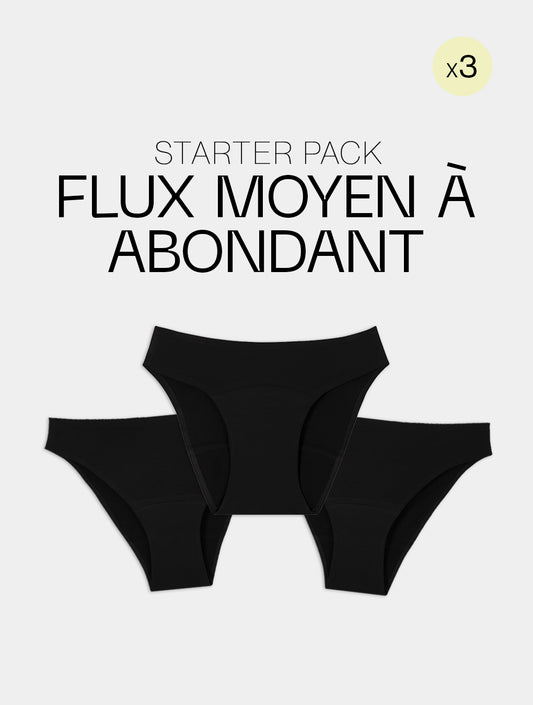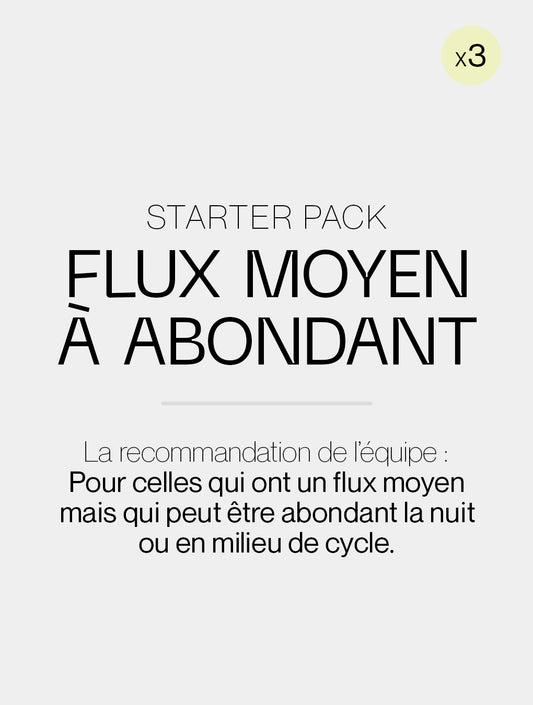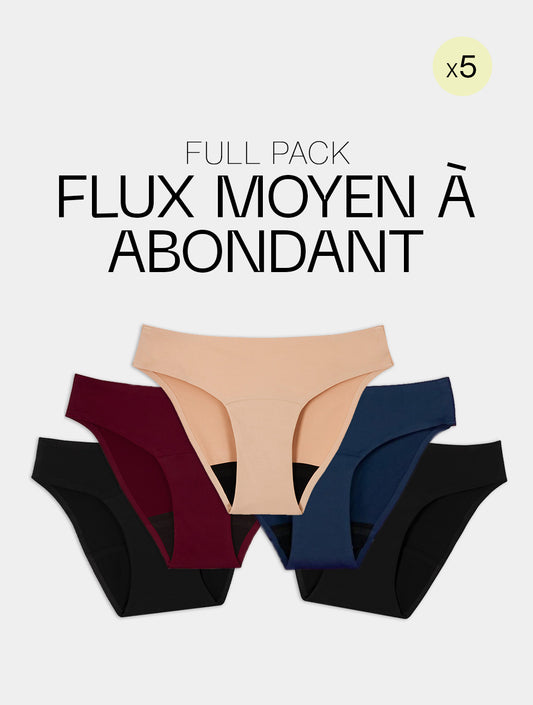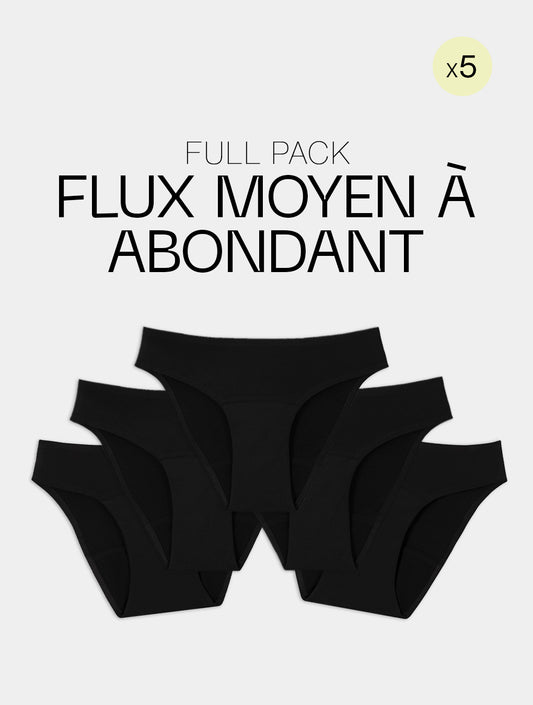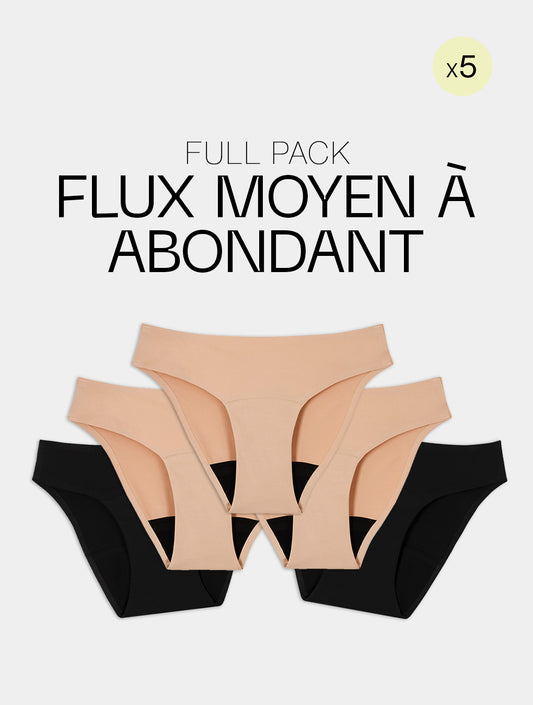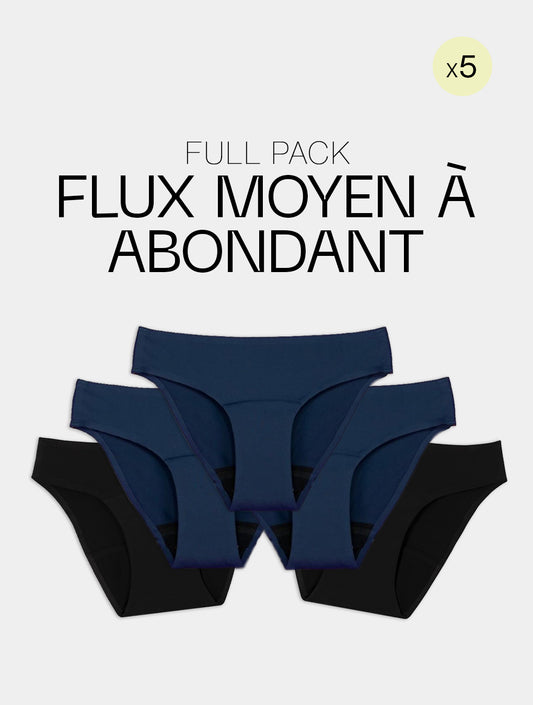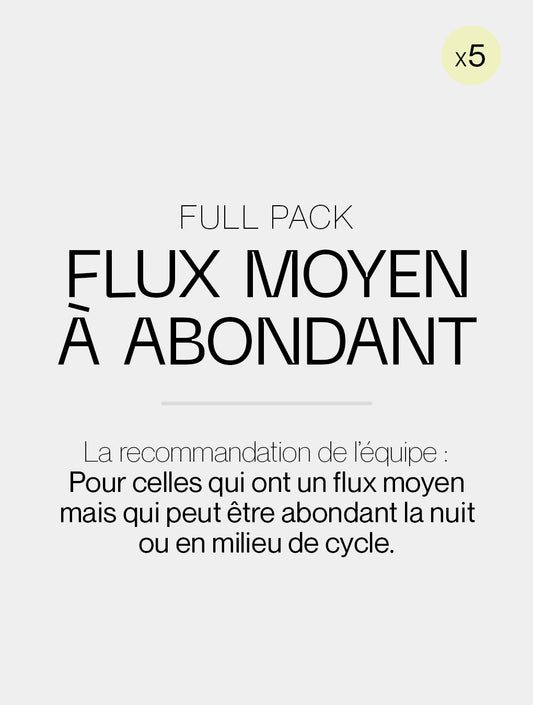Menstrual art: new cycle
To raise awareness, transmit or educate, some people spill ink, others blood. A blood that has nothing to do with warfare even if it makes itself the banner of a struggle: that against ignorance and the taboos that persist around menstruation... still in the 21st century. A blood always perceived asdirty or even demonized even though it is a source of life and fertility.
Since the 1960s, menstrual blood has been exhibited among contemporary works of art, becoming material for militant artistic approaches. Did you miss it? In recent years, new menstrual artists have returned to the scene. We thought that World Art Day was a great opportunity to talk about them.

Aquila cotton menstrual panties
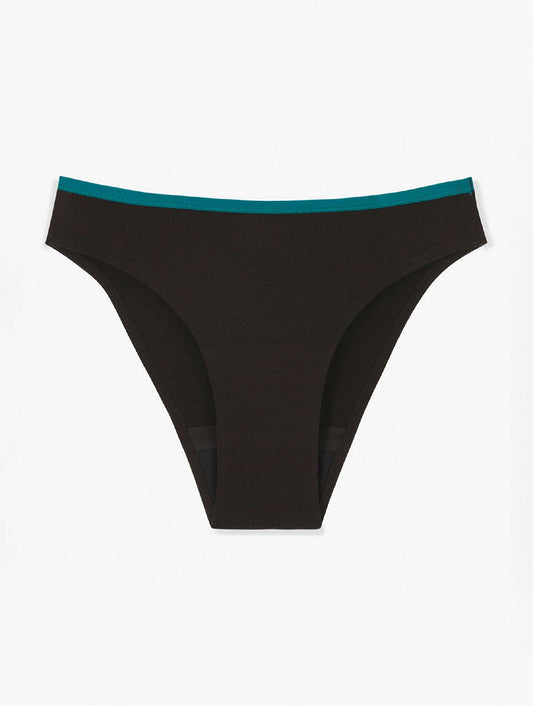
Ara cotton menstrual panties
Quesaco Menstrual Art?
Menstrual art is part of the avant-garde movement of Body Art, a movement that emerged in the 1960s with the Sexual Revolution in the West. An art in which the body is the central subject, staged in performances breaking the smooth image of the canons of beauty conveyed by advertising. Visual artists and Body Art videographers challenge stereotypes, use their body as a medium, in its imperfection, sometimes its suffering, denouncing the violence of society's dictates on the body, especially that of women. The Body Art defends a free body and the Menstrual Art comes naturally to graft itself there. The first performers use their own blood in committed works, aspiring to change the look, the looks, on menstruation. Today the movement continues, discreetly.
Period artists & Sorority
Menstrual artists or period artists intend to break the persistent taboos on menstruation. This period of the female cycle is still surrounded by many beliefs , superstitions gripping women around the world in a shackles of shame. Here and there, menstrual blood is seen as filthy, dirty and impure in many religions. Through their erotic, poetic, funny and provocative works, menstrual artists offer other perspectives. The period artists intend to help women around the world to feel united and safe in the face of the injunctions of societies that are still too patriarchal. Some even see it as a form of therapeutic art, using their own blood as paint. Jasmine Alicia Carter collects hers in her menstrual cup , which has become the painter's goblet, to trace gigantic Mandalas on her canvases. Pure expressions of life, invitations to love one's own body.
An art that leaves a mark
Mentalities are changing and feminists are less and less perceived as hysterical or extremist. But it all depends on the environment and the work. Menstrual art intrigues, fascinates, pleases, amuses. As much as it disgusts or provokes contempt, embarrassment and mockery, and this in both sexes. This is the case with the works of May Ling Su, who films and photographs herself during her period. In a photo of her at the sea, she wraps her hips in her own blood. She makes it into a piece of clothing, half creepers, half jersey, to appeal to these women who forbid themselves to bathe during their period. In 2010, her website was nominated for the Feminist Porn Awards, for her erotic works around menstruation. Making love during your period , still a taboo?
Menstralas & Small handkerchiefs
Become a neologism according to its creator Vanessa Tiegs, the term Menstrala designates a feminine artistic movement claiming “a cycle of bright red monthly renewal, universally hidden and prohibited”. The Menstralas are paintings to be made with your menstrual blood. Those of Vanessa Tiegs evoke inks or watercolors and the designer invites all women to imitate her, to reclaim their rules in a spirit of sacred femininity . A form of art that she wishes to be universal and cyclical, like Life, with a capital V.
The French artist Laëtitia Bourget has produced a work whose main materials are paper handkerchiefs and sexual body fluids, including her menstrual blood. A geometric and organic work to reconnect with our primitive We.
Stigma VS Empowerment
Whether they menstruate or no longer have them, women remain stigmatized. It's the double penalty at menopause , a period tinged with devaluing images of femininity. Photographer Marianne Rosenstiehl is well aware of this and it is this moment in life that she chose to capture in particular during her exhibition The Curse in 2014.
Photo, video, painting, performances. The Menstrual Art is multiple. He also invites himself to the theater and literature. Let's be curious and support the movement. Menstrual Art, whatever its form, invites women to see themselves differently. To love each other, to accept each other. To fight. To participate in their own “ empowerment ”. Because… We Can Do It!
By Elise.


